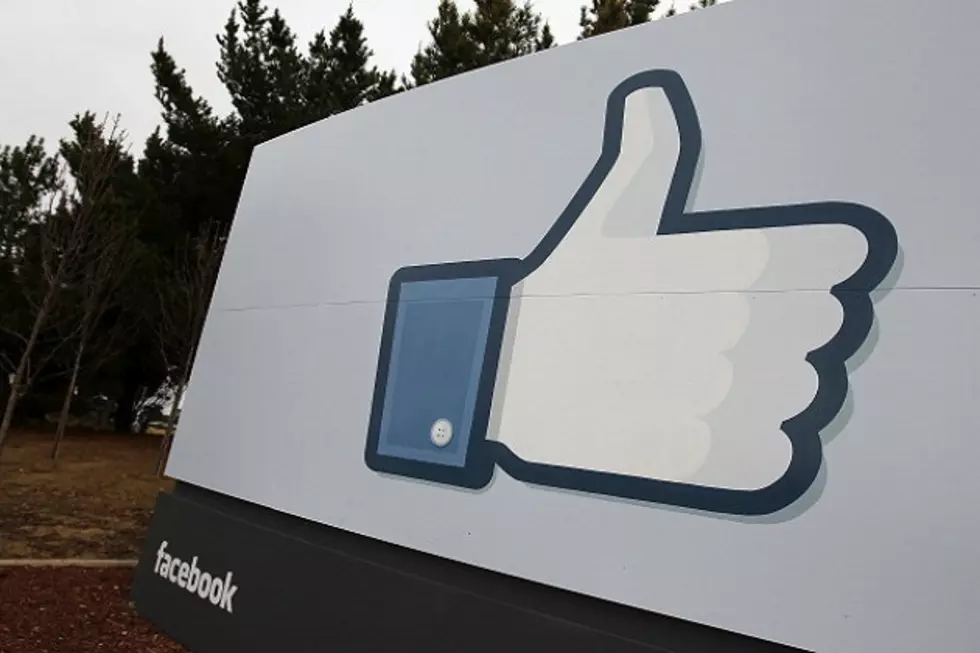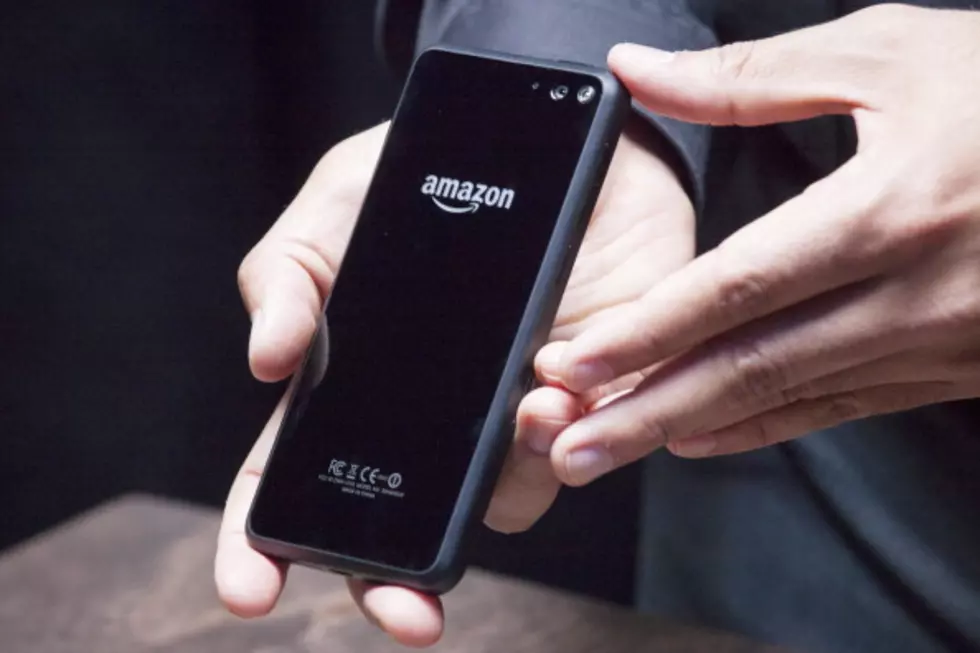
Geek Girl Report: Solar Roadways – Highways of the Future, Or Highway To Failure?
While I was unwinding over Memorial Day weekend with...well, whatever I could find on YouTube, I happened to stumble upon a very intriguing project: Solar Roadways. Or, as the video I saw so eloquently put it, Solar Freakin' Roadways; giant glass solar panels that could one day replace asphalt roads all over the country,. I have to admit, the idea of these high-tech, Tron-esque roadways running through the big cities is pretty appealing. But can it actually become reality? At this point, I don't think so.
The Idea
Solar Roadways is the brainchild of Idaho couple Scott and Julie Brusaw. For nearly a decade, they have been constructing a special type of solar panel that can be placed over roadways to generate a massive amount of solar energy. The panels are made of a very thick, "ruggedized" glass, which they claim can support a 250,000 lb. truck, and connect to each other through a mesh network, which is designed to keep running even if one panel happens to fail. The idea has not only gained the attention of the Federal Highway Administration, which has provided some grants for the project, but was also able to raise over $1 million via Indiegogo, a crowd funding platform which allows individuals to donate any amount to a cause or project.
The Pros
Truth be told, there are a lot of promising aspects to this idea. First and foremost, Solar Roadways would provide (theoretically) an amazing source of "clean" energy. These solar panels are projected to generate three times the energy the U.S. uses on a yearly basis, which could dramatically decrease out dependance on fossil fuels and reduce our carbon footprint, which are big pluses for those Eco-friendly folks out there. And that' not to mention the amount of jobs that could be created from the implementation and maintenance of these panels.
The panels also have a host of other advantages over regular asphalt roads. The panels are designed to filter stormwater, prevent icy roads by melting ice and snow, replace above-ground power cables, and they even include LED lights to indicate lanes, detours, road warnings, and will even inform you if a moose or other animal is up ahead on the roadways. Solar Roadways are being celebrated as the roads of the future, and with features like these, it's easy to see why.
The Cons
Now this all sounds well and good in theory, but actual implementation of the plan is a much different story. For one thing, the cost of installing solar panels on all of our nation's roadways is going to be astronomical, no matter how much energy you'd be saving. Sure, the plan may have exceeded it's $1 million fundraiser, (by the way, it's very unclear as to what exactly that $1 million will be used for in the first place...) but to cover all roadways would cost an estimated $56 trillion, and that's not including costs for future maintenance, or the cost for constructing a viable means to store all of this energy.
Another big problem is the sheer ludicrousness of the idea. Don't get me wrong, I personally think it's a really innovative idea, but it's also completely crazy. You're talking about putting solar panels on highways that are usually covered in cars and overshadowed by buildings. To me, that kind of defeats the purpose of having solar panels, doesn't it? Now I know people aren't on these roads 24-7, and sure there may be plenty of roads that aren't busy all the time, but I honestly can't see this generating the kind of power the makers claim it will.
Final Verdict
Overall, I find the idea very interesting, but highly impractical. granted, right now everything's still in the prototype phase. Maybe a few more years down the road with a little refinement and re-tooling, the panels could be more cost-friendly and a more viable option for producing clean energy. But as they stand right now, I just don't see this being a realistic venture.
Be sure and check out The Geek Girl Report every Tuesday morning only on KFYO.com. And be sure to keep up with me on Twitter as well: @the_littlest_a.
More From News/Talk 95.1 & 790 KFYO





![The Geek Girl Report: Sci-fi, Shooters, Space Adventures And…Squids? A Look Back At E3 2014 [Part 1]](http://townsquare.media/site/192/files/2014/06/450394550.jpg?w=980&q=75)



